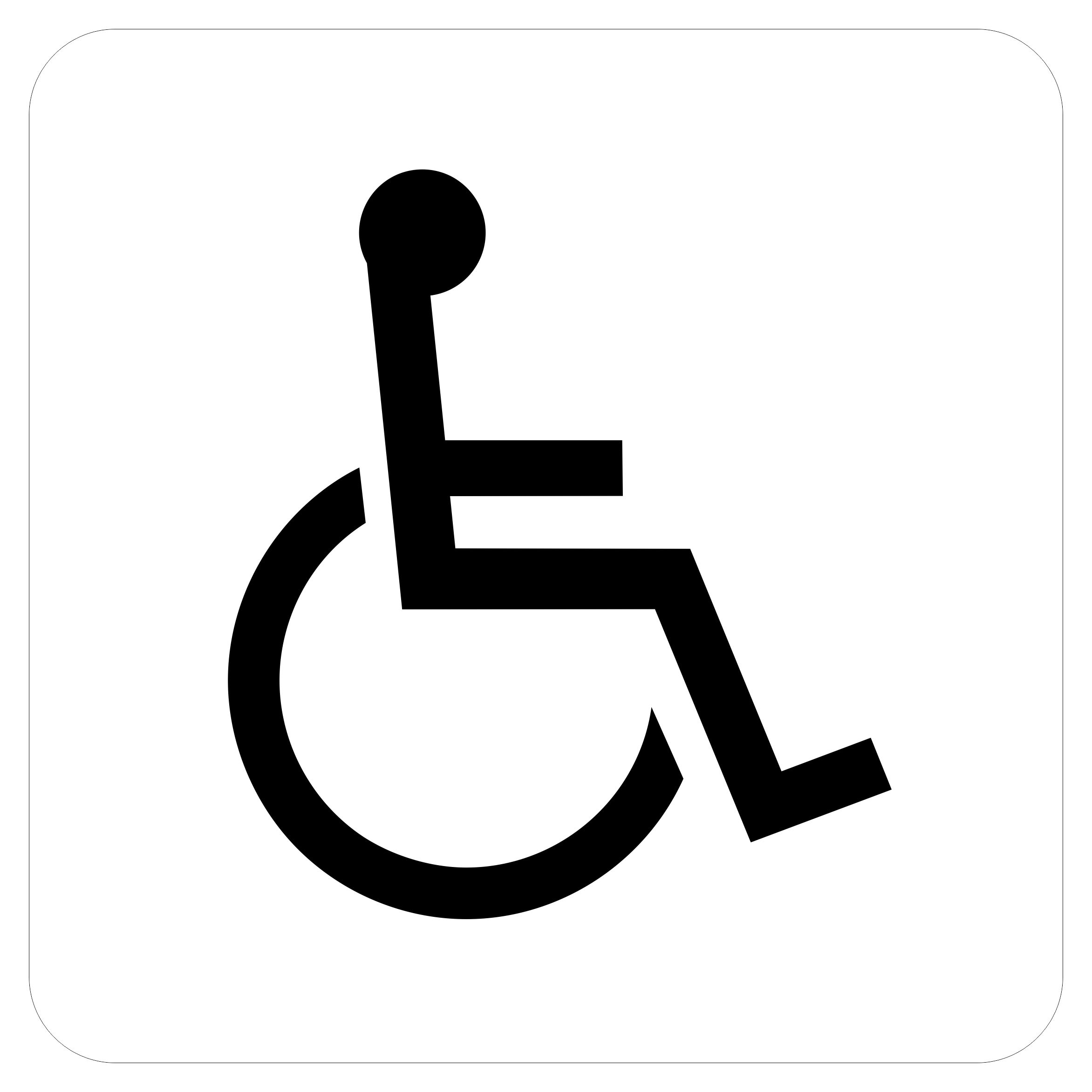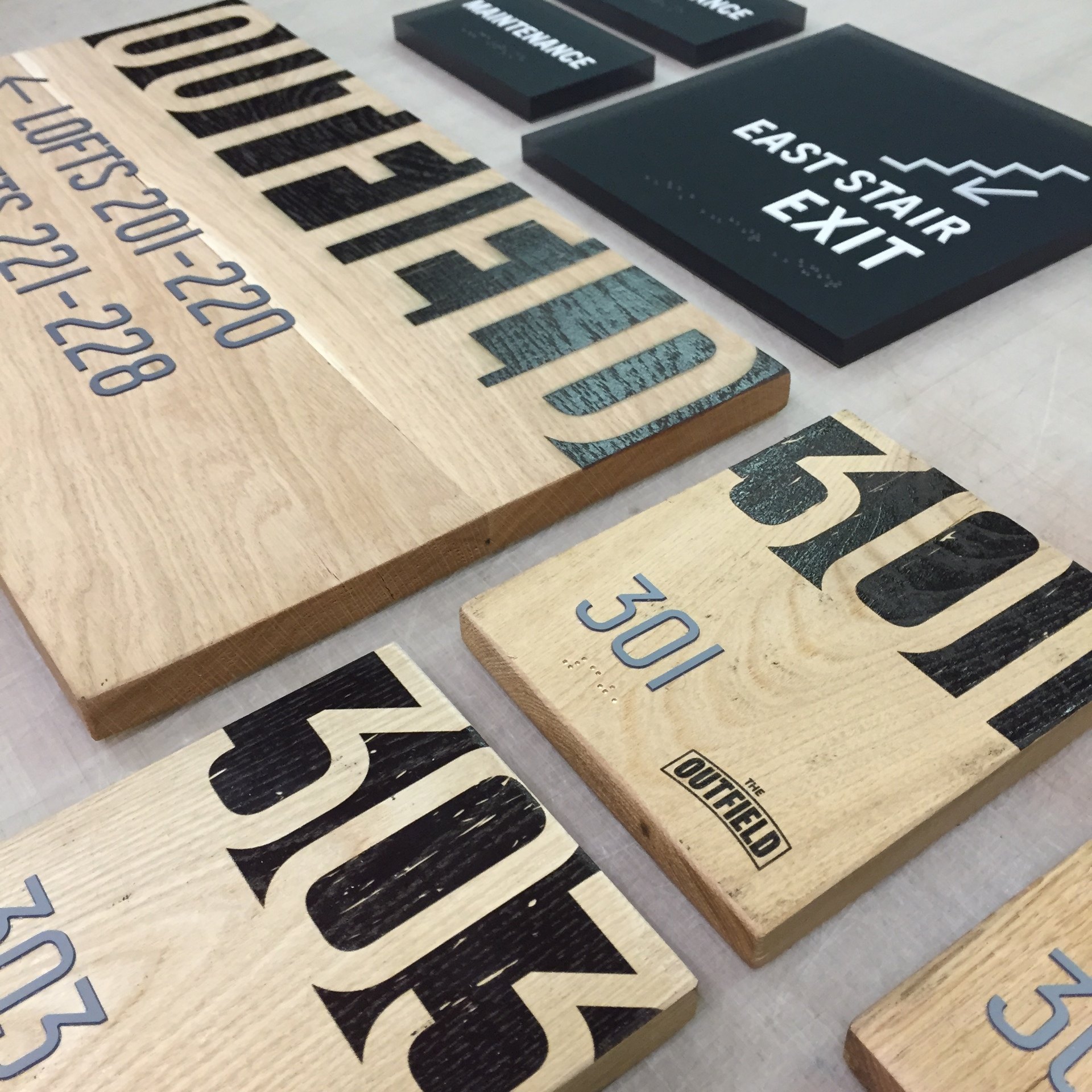The Effect of ADA Signs on Neighborhood Ease Of Access
Checking Out the Key Attributes of ADA Signs for Enhanced Accessibility
In the world of access, ADA signs function as silent yet effective allies, making certain that rooms are accessible and inclusive for people with specials needs. By incorporating Braille and tactile elements, these indications break barriers for the aesthetically damaged, while high-contrast shade plans and readable fonts provide to diverse aesthetic requirements. In addition, their calculated placement is not approximate yet rather a computed effort to help with seamless navigating. Yet, beyond these features lies a much deeper story about the development of inclusivity and the recurring commitment to producing equitable rooms. What extra could these indications indicate in our quest of universal access?
Significance of ADA Conformity
Making certain compliance with the Americans with Disabilities Act (ADA) is critical for cultivating inclusivity and equal access in public rooms and workplaces. The ADA, established in 1990, mandates that all public facilities, employers, and transport services accommodate people with impairments, ensuring they delight in the very same civil liberties and possibilities as others. Compliance with ADA standards not only fulfills lawful responsibilities however additionally enhances an organization's track record by showing its dedication to variety and inclusivity.
One of the crucial facets of ADA conformity is the implementation of obtainable signs. ADA indications are made to make certain that people with disabilities can quickly navigate via structures and areas.
Moreover, sticking to ADA laws can alleviate the danger of legal consequences and possible fines. Organizations that fall short to abide by ADA guidelines may deal with penalties or suits, which can be both monetarily burdensome and damaging to their public image. Thus, ADA conformity is important to cultivating an equitable setting for everyone.
Braille and Tactile Aspects
The consolidation of Braille and responsive aspects right into ADA signs embodies the principles of ease of access and inclusivity. It is generally put below the matching message on signs to ensure that individuals can access the info without visual help.
Responsive elements expand past Braille and consist of raised characters and icons. These components are made to be discernible by touch, permitting individuals to identify area numbers, restrooms, departures, and various other vital locations. The ADA sets specific guidelines relating to the size, spacing, and placement of these responsive aspects to enhance readability and ensure consistency throughout various environments.

High-Contrast Color Pattern
High-contrast color pattern play a crucial function in enhancing the exposure and readability of ADA signage for individuals with visual disabilities. These schemes are essential as they take full advantage of the distinction in light reflectance between message and history, ensuring that indicators are conveniently discernible, even from a range. The Americans with Disabilities Act (ADA) mandates the usage of particular color contrasts to fit those with restricted vision, making it a vital aspect of compliance.
The efficacy of high-contrast colors depends on their capacity to stand apart in different illumination conditions, including dimly lit click here for more info settings and areas with glow. Usually, dark message on a light history or light message on a dark history is utilized to accomplish optimal contrast. For example, black message on a white or yellow history gives a plain visual difference that aids in quick acknowledgment and understanding.

Legible Fonts and Text Size
When considering the design of ADA signage, the selection of readable font styles and ideal text size can not be overstated. The Americans with Disabilities Act (ADA) mandates that typefaces must be sans-serif and not italic, oblique, script, extremely decorative, or of unusual kind.
The dimension of the message also plays a critical function in access. According to ADA guidelines, the minimal message height ought to look here be 5/8 inch, and it should raise proportionally with seeing range. This is especially important in public spaces where signage requirements to be reviewed rapidly and precisely. Uniformity in message size adds to a natural aesthetic experience, aiding people in browsing environments successfully.
Moreover, spacing in between lines and letters is essential to readability. Sufficient spacing avoids personalities from showing up crowded, improving readability. By sticking to these criteria, designers can substantially improve ease of access, making certain that signs offers its designated function for all people, despite their aesthetic capacities.
Efficient Placement Approaches
Strategic placement of ADA signage is necessary for making best use of access and ensuring conformity with lawful standards. Correctly located signs guide individuals with disabilities successfully, helping with navigating in public spaces. Key factors to consider include visibility, height, and distance. ADA standards state that indicators must be installed at a height in between 48 to 60 inches from the ground to ensure they are within the line of view for both standing and seated people. This common height variety is crucial for inclusivity, enabling wheelchair users and individuals of differing elevations to accessibility information easily.
Additionally, indicators have to be placed nearby to the lock side of doors to allow very easy identification prior to entry. Uniformity in indication positioning throughout a center improves predictability, reducing confusion and enhancing general customer experience.

Verdict
ADA indicators play a vital duty in promoting accessibility by incorporating features that attend to the demands of people with handicaps. These elements jointly cultivate an inclusive setting, emphasizing the significance of ADA compliance in making certain equal gain access to for all.
In the world of ease of access, ADA signs offer as silent yet effective allies, ensuring that rooms are comprehensive and accessible for individuals with handicaps. The ADA, passed in 1990, mandates that all public centers, employers, and transport services suit people with specials needs, ensuring they delight in the exact same civil liberties and possibilities as others. ADA Signs. ADA indications are made to make sure that individuals with impairments can conveniently navigate through spaces and buildings. ADA guidelines stipulate that wikipedia reference indicators need to be installed at an elevation in between 48 to 60 inches from the ground to guarantee they are within the line of sight for both standing and seated individuals.ADA indications play an essential role in promoting accessibility by integrating attributes that attend to the requirements of people with specials needs